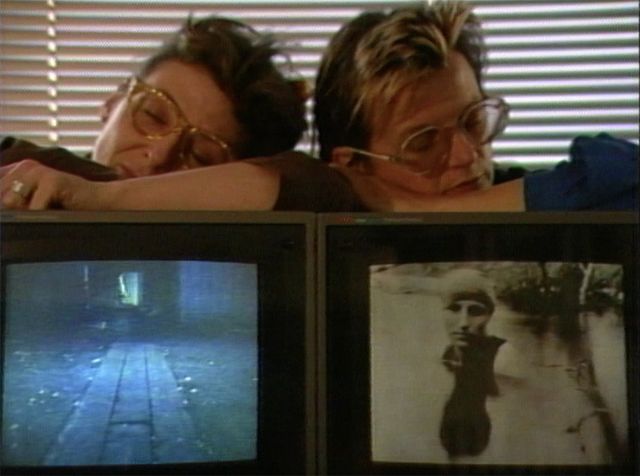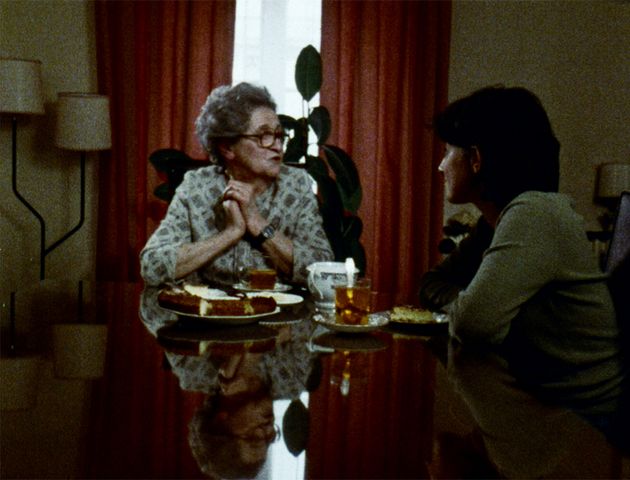Cinema
Nuits claires | Aujourd’hui, dis-moi
Fri, Jun 24–Fri, Aug 26, 2022
Every Friday
4 pm
Admission with exhibition ticket

Nuits claires (Bright Nights)
D: Claudia von Alemann, France / Federal Republic of Germany 1988, 61 min, French OV with English subtitles
In this personal film, Claudia von Alemann, Paule Baillargeon, and Danielle Jaeggi reflect on their experiences of being mothers and daughters. As the three women filmmakers spend time together at Easter, watching excerpts of their work and caring for their children, they discuss the struggle of balancing parenting with professional commitments and compare their lives to those of the generation before them. They frequently highlight the surprising pleasures of being mothers, while frankly assessing the inequality that shapes their existence.

Aujourd’hui, dis-moi (Tell me)
D: Chantal Akerman, France 1980, 46 min, French OV with English subtitles
Commissioned by French television as part of a series about grandmothers, Aujourd’hui, dis-moi follows Chantal Akerman as she speaks with a handful of Jewish women who survived the Shoah, including her own mother, who left Auschwitz an orphan. As film scholar Elena Gorfinkel writes, Aujourd’hui, dis-moi is grounded “in practices of listening, receptivity, and silent accounting, as Akerman’s presence allows each woman to elaborate her lifetime story. They do so gingerly, selectively. The repetitions, ellipses, and rhymes between them accumulate across the sequence of visits, becoming formal signs, like much of Akerman’s work— resounding tropes of return, wraithlike in their delicate yet bruising impact.”